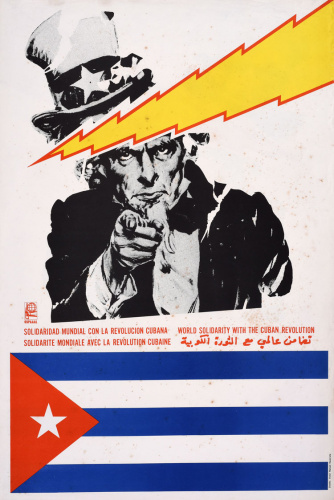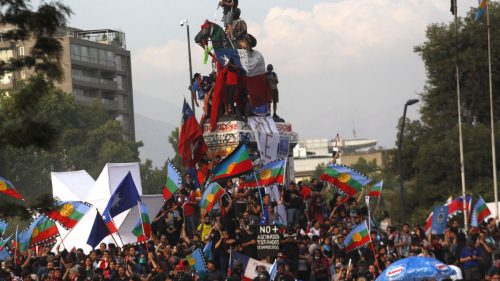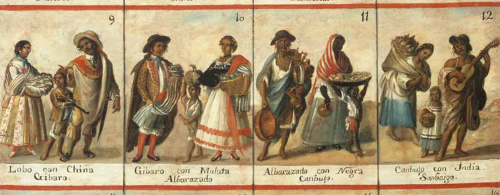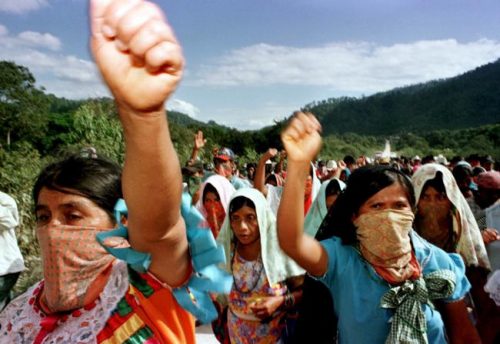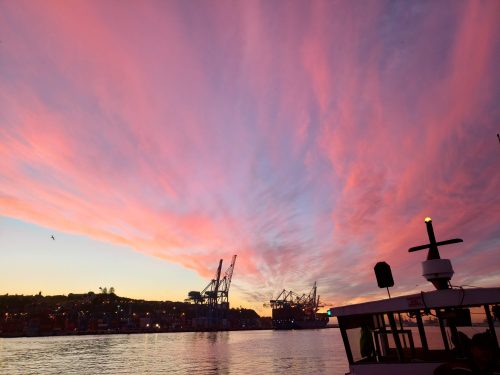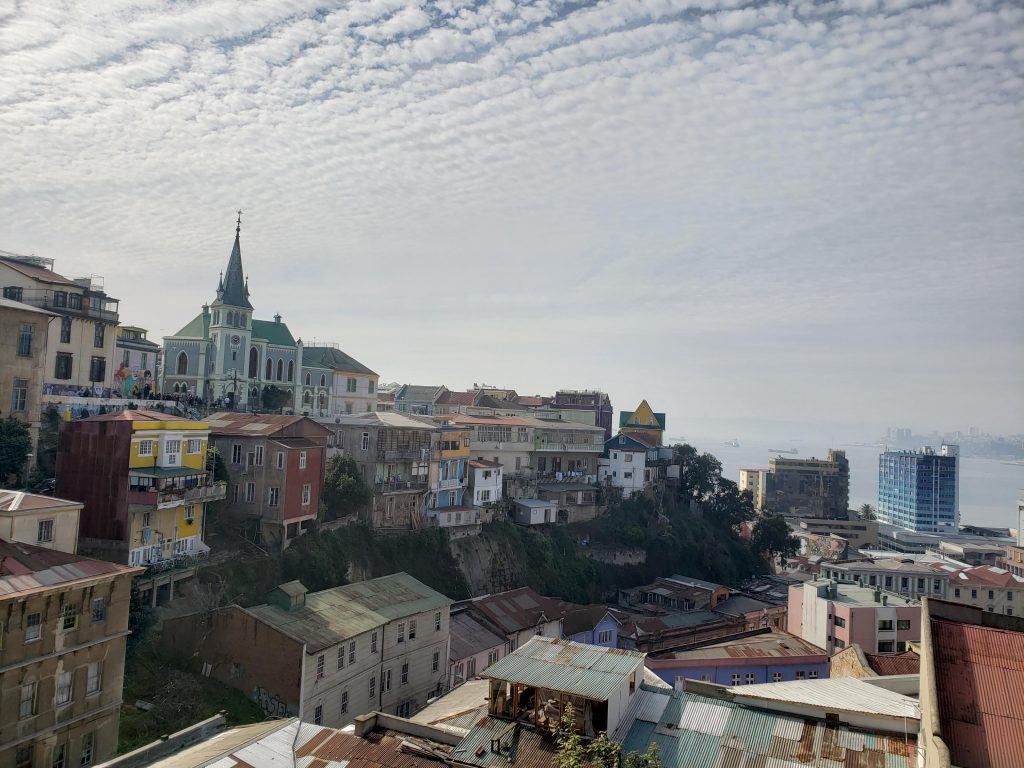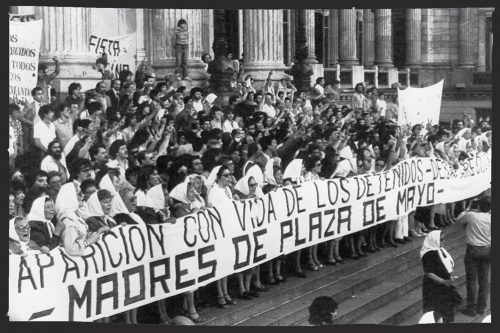Updated Research Topic

My project focuses on the impact of Diego Rivera paintings on Mexican identity following the Mexican Revolution. A few years ago, I had the opportunity of visiting an art exhibit in Philadelphia that was showing paintings and works of art from the time of the Mexican Revolution. I distinctly remember Diego Rivera’s paintings standing out the most due to their distinct style. Particularly, this project focuses in on the sociopolitical subject matter of his paintings. I am examining the ways communism, religion, and capitalism appear in Rivera’s art and how these concepts resonate with the working class of Mexico following the Revolution. I also want to look at how his use of murals through fresco painting impacted the lives of the working class in Mexico.
Folgarait, Leonard. 1998. Mural Painting and Social Revolution in Mexico, 1920-1940: Art of the New Order, Cambridge University Press.
This article focuses on the mural paintings of Diego Rivera during a time of social revolution in Mexico. It looks at the relationship between Rivera and state-funded art programs. The authors ask to what degree these works of art should be considered political propaganda. This article derives political messages while also discussing state reactions to these paintings.
Folgarait, Leonard. 1991. “Revolution as Ritual: Diego Rivera’s National Palace Mural.” Oxford Art Journal, 14(1), pp. 18–33.
Rather than focusing on all of Rivera’s paintings, this article looks at the impact of murals in Mexico as a whole. This article first provides an in-depth analysis the subject matter of Rivera’s murals before introducing the context in which they were painted. The author discusses the context of the mural as the physical location of the mural as well as the time it was painted. Similar murals may have drastically different responses and interpretations based on where and when they were painted.
Ades, Dawn and McClean, Alison. 2009. Revolution on Paper: Mexican Prints 1910-1960. British Museum Press.
While this article acknowledges the deep impact that the physical nature of murals had on Mexican society and identity during the 1920s, much of the article discusses how these murals are remembered today through prints. Before the popularization of the internet, the only way for people of the public to view these paintings was through the accessibility of reprints. This article is also helpful in that it provides more artistic context than the others. By discussing the works of Rivera, Jose Clemente Orozco, and David Alfaro Siqueiros, I can gain a better understanding of what makes Rivera’s paintings so unique and impactful.
Goldman, Shifra M. Dimensions of the Americas: Art and Social Change in Latin America and the United States. University of Chicago Press, 1994.
I want to use this book to take a more holistic approach to art during the post-revolution era in Mexico and Latin America. By looking at other forms of art in Latin America during this time, I can gain more knowledge into what makes Rivera’s paintings so popular, unique, and influential. This book also addresses issues that may not be as apparent to other authors. The book spends entire chapters addressing concepts such as gender or national identity. This is an important book that can provide context into what makes Rivera such an influential muralist.

